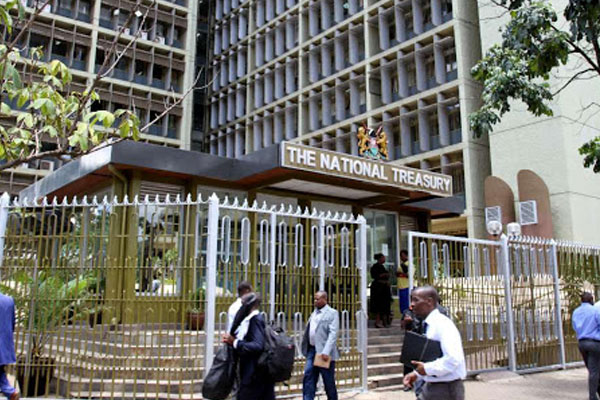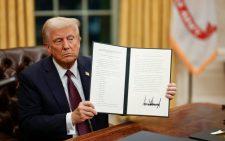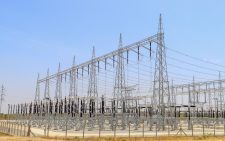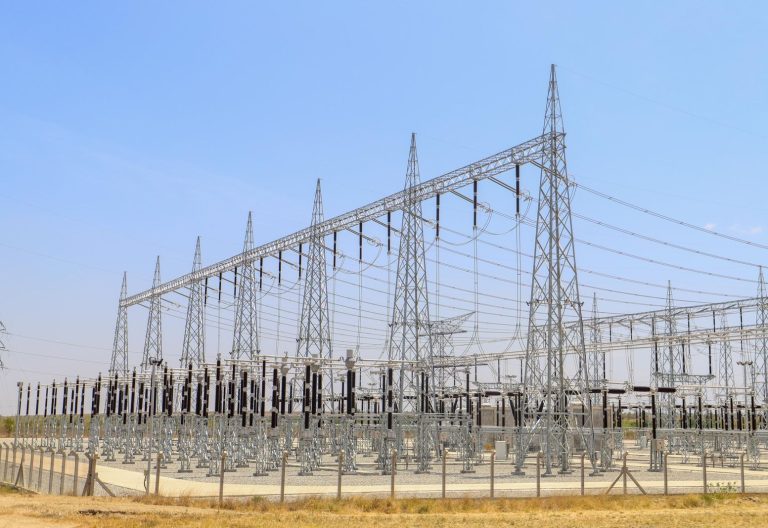Why Kenya’s huge debt appetite worries experts

National Treasury’s appetite for debt is sinking Kenyans into an economic cesspit, which will take a while to be lifted out of, analysts have said.
They reckon the national debt, in relation to gross domestic product (GDP) has been growing steadily, from 56.88 per cent in 2015 to 66.39, claiming it is unsustainable even as Treasury claims it is manageable.
The heightened concern follows International Monetary Fund’s (IMF) approval of a 38-month arrangement under the External Credit Facility (ECF) and the Extended Fund Facility (EFF) for another $2.34 billion (Sh254.55 billion), meaning Kenya borrowed in excess of Sh1.2 trillion in the last one year.
The IMF programme is intended to scale up Covid-19 response in the near-term by targeting response to the sectors hardest hit by the pandemic.
It also targets to reduce debt vulnerabilities through revenue driven fiscal consolidation in order to stabilise the debt-to-GDP ratio and set it on a downward spiral.
The programme will see an initial disbursement of $308 million (Sh33.7 billion) and $404 million (Sh44.2 billion) to be released by June 30, bringing the total disbursement in this fiscal year to Sh77.9 billion, with balance of $1.628 billion disbursed in subsequent reviews that will be conducted semi-annually.
“Kenya is now living beyond its means. The borrowing has surpassed its GDP, which is not good for business,” said Samuel Nyandemo, senior lecturer, Economics at the University of Nairobi.
The IMF recommends that the ratio of public debt to GDP should not be higher than 40 per cent, with the country’s current debt standing at Sh7.6 trillion.
Kenya Revenue Authority (KRA) has been straining to raise revenue with collection projected at Sh2 trillion trailing the fiscal budget at Sh3 trillion.“Under such circumstances, new loans are bullets we cannot dodge as a country.
The only option is to reduce our spending requirements and the borrowing requirements will reduce,” said Churchill Ogutu, the head of research at Genghis Capital Ltd.
Nyandemo said the only option for Kenya was to borrow a leaf from a country like Tanzania where immediate former President John Magufuli mobilised internal financial resources and had zero tolerance for corruption.
Debt trap
The debt trap comes even as Kenyans in the most productive counties of Nairobi, Kiambu, Nakuru, Kajiado and Machakos stare at more trouble after a lockdown which led to the closure of businesses, especially in the hospitality industry, following an 8 pm to 4 am curfew to contain the third wave of Covid-19 pandemic.
The lockdown directed by President Uhuru Kenyatta prohibited the sale of alcohol in eateries in the five counties until further notice, with restaurants and eateries in the zoned areas only allowed to provide take away services.
This is even as Kenya’s credit ratings by a US-based ratings agency Standard & Poors dropped from ‘B+’ to ‘B’, while while Fitch Rating affirmed Kenya’s Long-Term Foreign-Currency Issuer Default Rating (IDR) at ‘B+’ with a Negative Outlook amidst concerns of the high debt levels and the fact that the Covid-19 pandemic has made it more difficult to achieve fiscal consolidations.
According to Ogutu, the ratings will not affect the new funding by IMF, since rating agencies’ major concern is whether the rising stock of public debt may have an impaired impact on debt servicing down the road.
“It has a neutral effect on the IMF funds. The ratings mainly reflect concerns about fiscal trajectory and repayments but not on any external debt disbursement,” he said.












